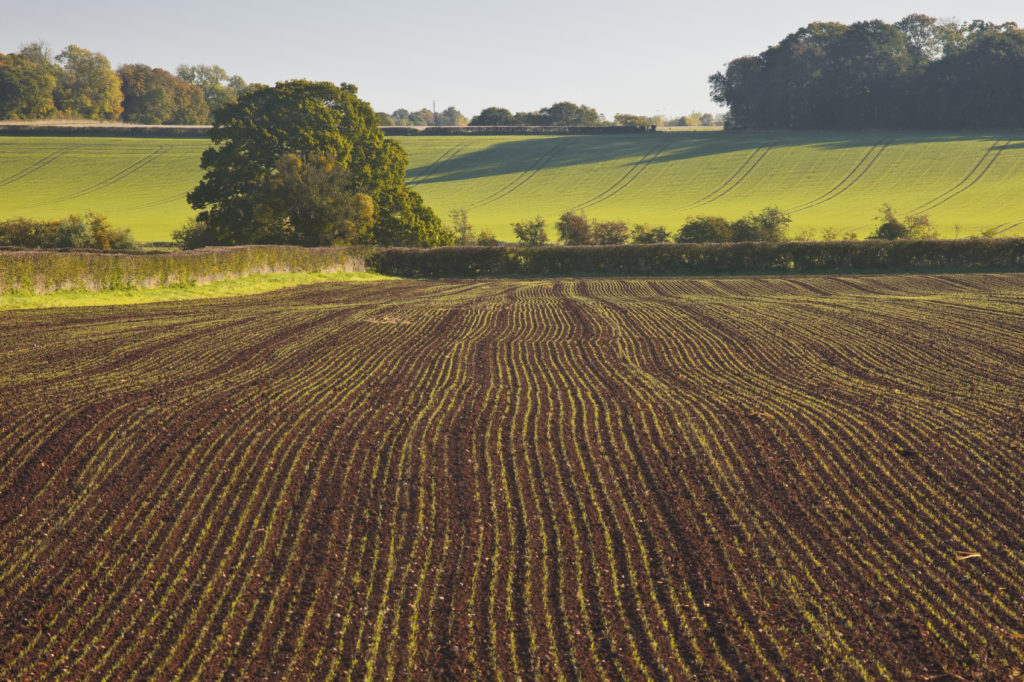- General
French bread history, London’s Bread Street, American sliced white

This time we’re taking a trip down memory lane, on the trail of cool bread stories throughout history. In a mad, mad world where change is the name of the game, some things remain much the same. Welcome to our world.
Bread and the French Revolution
The ordinary folk of France had already put up with an awful lot. But when severe grain shortages hit Paris and nobody could make bread, the people revolted. The storming of the medieval fortress of Bastille on 14th July 1789 didn’t kick off because the people wanted to arm themselves. All they originally wanted was the grain needed to bake their daily bread.
Apparently bread shortages played a vital role in stoking the French people’s fury towards the dreadful Marie Antoinette, who didn’t actually say ‘let them eat cake’ but may as well have. She was hardly a picture of sympathy. There’d been grain riots as far back as 1529 in Lyon, including the Grande Rebeyne that saw thousands looting the homes of the rich, ultimately breaking into the city’s granary.
By the 1700s things were truly dreadful. The king’s economists, a bundle of joyful types called the Physiocrats, proclaimed agricultural products should be priced sky high, and the king kept trying to force deregulation of the country’s grain scene and bring in a form of particularly unfair ‘free trade’. In 1789 the tension that had been steadily ratcheting up for centuries finally broke… and the people rioted.
Never place your bread upside down in France!
It’s very unlucky to place your bread upside down in France. But why? It turns out the answer lies way back during medieval times. Whenever a French town had a public execution, the executioner didn’t have time to buy his daily loaf at the bakery. So the baker would keep one under the counter for him, turning it upside down as a sign so it didn’t get sold to someone else by mistake.
Over the years overturned loaves, slices, and buns became very unlucky, being so closely associated with the dreaded Madame Guillotine. The death or misfortune they represented meant people avoided upside down bread like the plague. As the superstition developed, anyone who accidentally put a loaf down the wrong way up – or even just randomly came across an upside down piece of bread – had to mark it with a cross to keep bad luck at bay.
Not-so-ancient baguettes
The baguette is wholly French and always has been, ne c’est pas? Mais non. The baguette didn’t actually arrive in France until somewhere between 1830 and 1900. Some say 1839 saw the Austrian baker August Zang open a Parisian bakery selling Viennese-style oval-shaped bread, which changed shape over time to become the baguette.
Others say the baguette came into its own when the French government decreed bakers must not work before four in the morning, so they adopted a Viennese-like style which featured shorter proving and baking times than normal bread. And a few people claim that Napoleon III was responsible, having begged his bakers to invent a loaf that could easily be transported by soldiers, allegedly inside their boots. Yum.
The history of London’s Bread Street
They’ve been selling bread down Bread Street in London since the late 1200s. But when King Edward 1 decreed in 1302 that the road must be totally dedicated to the sale of bread, exclusively the province of the City’s bakers, the street’s purpose was set in stone.
The church All Hallows’ Bread Street was where Admiral Arthur Phillip, Commander of the First Fleet and first Governor of New South Wales, was baptised in 1738. His name still graces Port Phillip in Victoria, Australia. Famous Bread Street residents include the poets John Donne and John Milton, and Bread Street Ward Club, established in the 1500s, is a great destination for anyone who’s interested in the origins and traditions of British bread.
Tracing the sliced loaf back in time
When sliced bread hit the US, the people didn’t really get it. The date was 7th July 1928. The place was a bakery in Chillicothe, Missouri, and Otto Frederick Rohwedder’s automatic bread-slicing machine was the star of the show. Adverts claimed the sliced loaves were the ‘greatest forward step in the baking industry since bread was wrapped’, but consumers were suspicious. They felt the loaves looked ‘sloppy’ because the slices flopped around so much inside the paper packaging.
Bakers didn’t use preservatives back then, of course, so the sliced bread went off faster than traditional non-sliced, having a much bigger surface area. Rohwedder invented U-shaped pins to hold the loaves together so they looked nice and solid inside the packaging, but people remained less than convinced.
Following improvements to the slicing tech, the sliced bread became less messy-looking and finally made its way into the hearts of millions of Americans. By 1943, when a WW2 initiative to conserve resources put paid to the huge metal slicing machines, using the metal to make bombs and ordnance, an existential nationwide crisis emerged that provoked just as much anger and upset as petrol rationing.
This is where history has brought us…
Here we are, in 2019, and sliced bread remains a worldwide favourite. The French still adore their baguettes. It’s still a bad thing in France to place your bread upside down. And the shops down London’s ancient Bread Street still sell bread. The world might be going crazy around us, but some things – thank goodness – never change!



